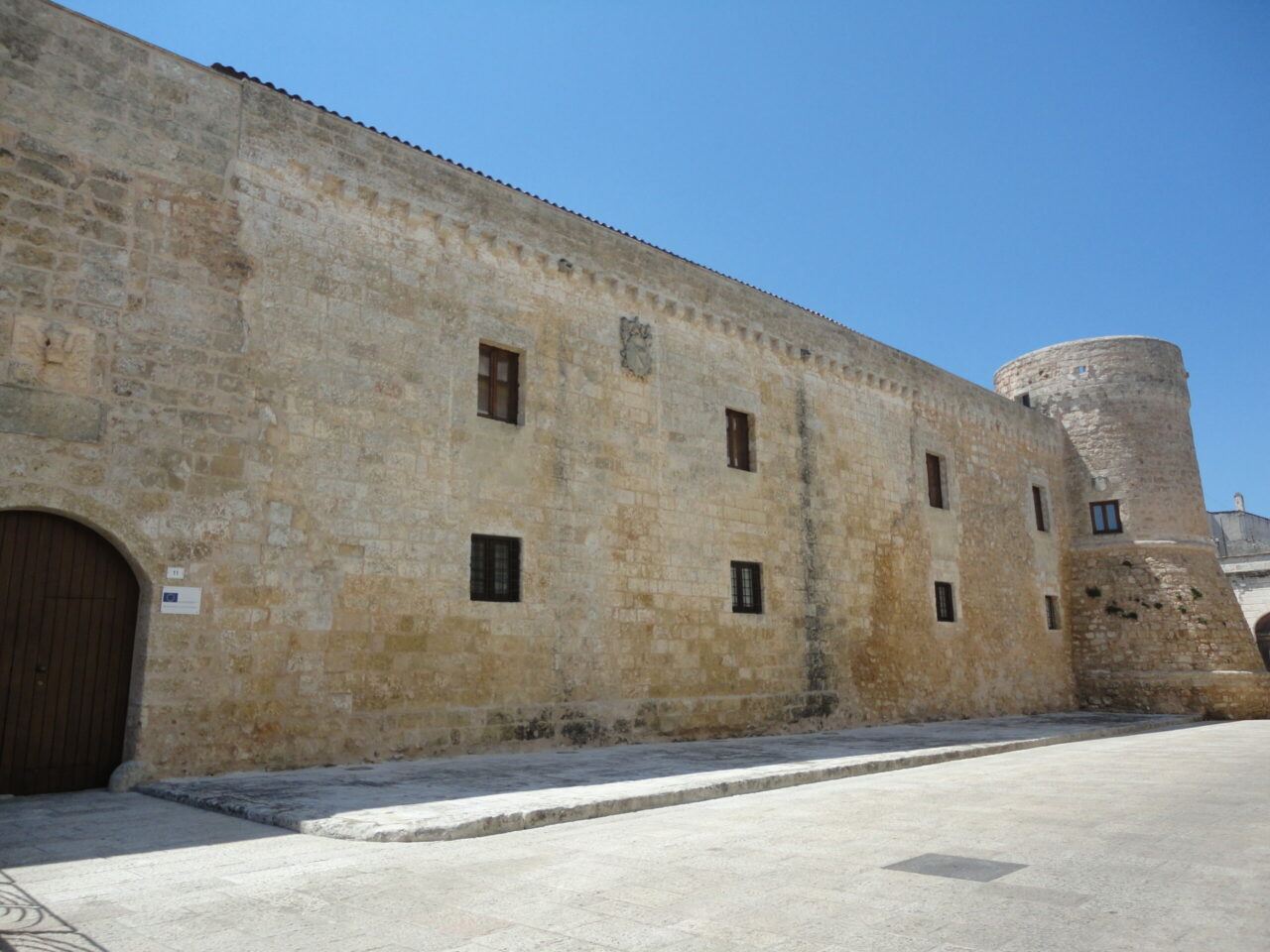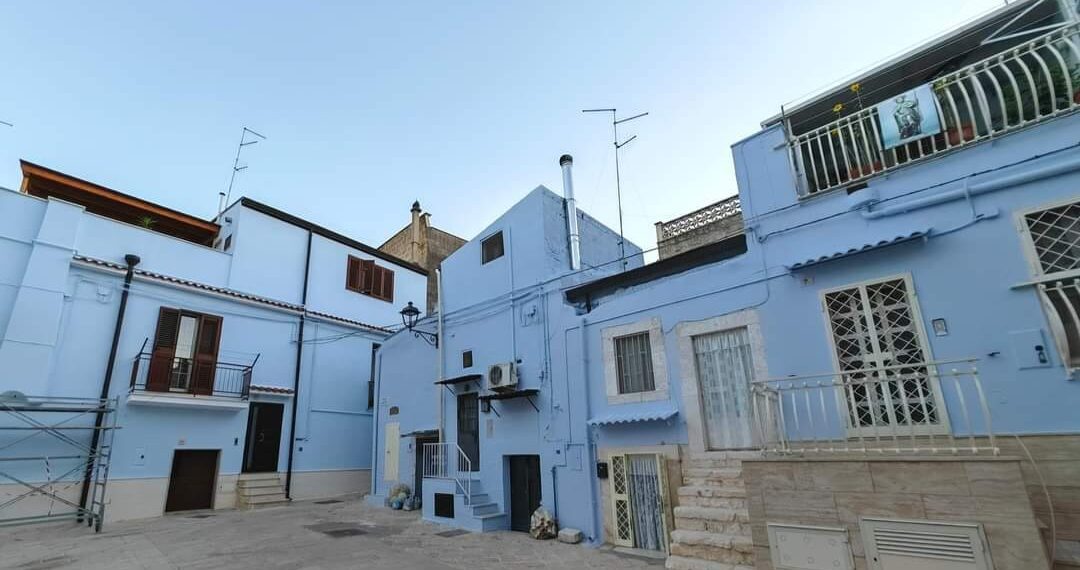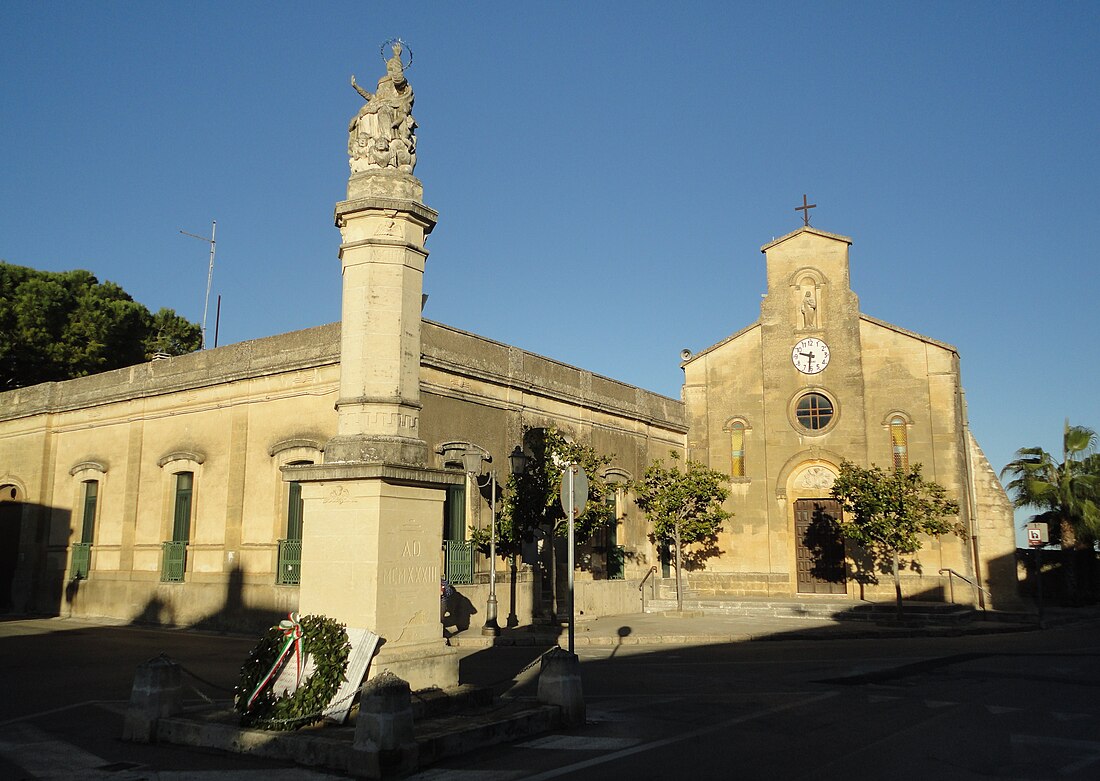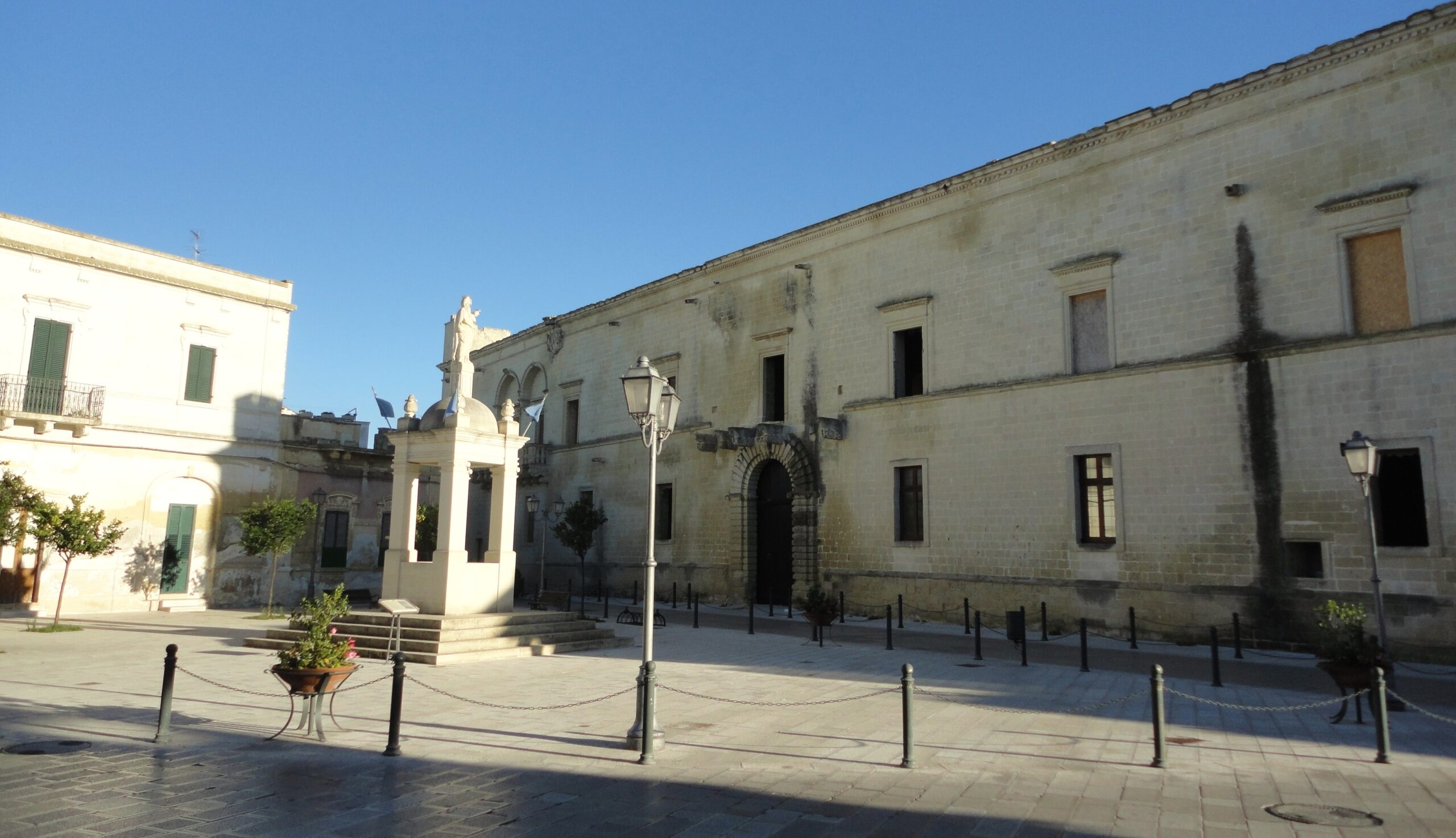Cart
1
Quantity
5,00 €
Product You May Also Like
Payment details
Sub Total
5,00 €
Shipping
Free!
Total
5,00 €
Apply

 Maccheroni Pasta
Maccheroni Pasta


















Leave a comment